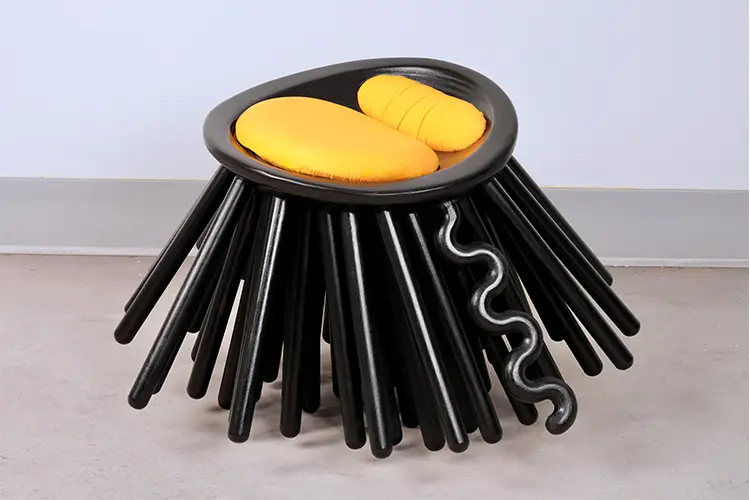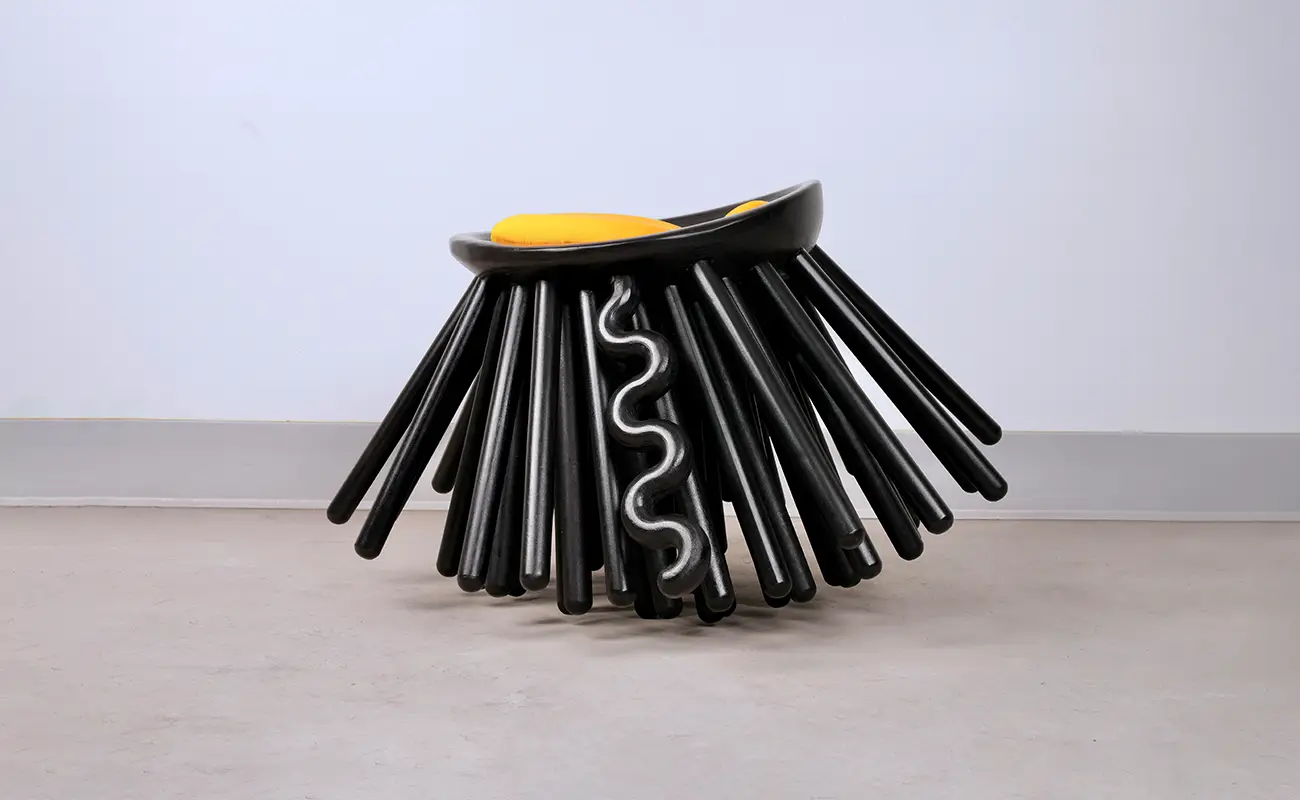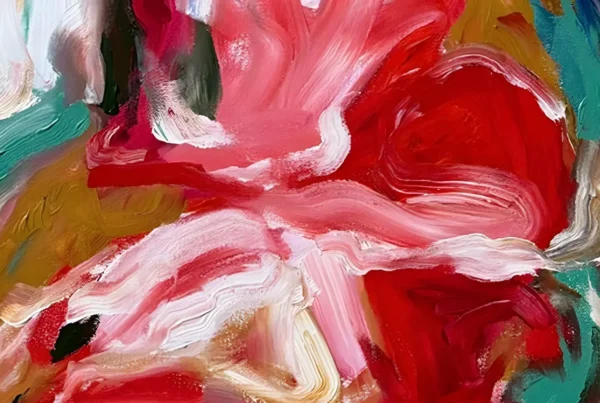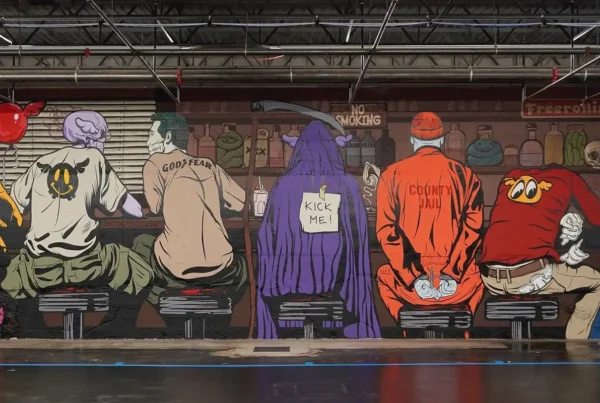“My work is part nature documentary and part meme—curious, playful, and never too serious.”
Designing the In-Between
Joy Yue Zhuo stands at a curious crossroad between object design, storytelling, and fine art. Based in Ontario, Canada, Zhuo is the founder of Studio Yuetopia, a space where her inventive mind brings together whimsical design and playful experimentation. Her roots lie in furniture and object design, but her work rarely adheres to the conventions of function or form. Instead, Zhuo’s approach bridges digital culture, organic structures, and a mischievous kind of curiosity—transforming everyday objects into animated personalities. Her perspective is shaped by a childhood filled with equal doses of natural exploration and internet culture, a duality that informs her studio practice with both wonder and irreverence.
What makes Zhuo’s work so distinctive is her refusal to take design too seriously. Rather than adhering to the boundaries of traditional craftsmanship or high-concept theory, she gravitates toward what she describes as “weird ideas.” These ideas are not simply conceptual; they’re materially embodied, often emerging as familiar shapes made strange, imbued with quirks that evoke humor, awkwardness, or unexpected delight. Whether it’s a functional piece of furniture or a sculpture that resembles a living creature, her work often feels like it’s somewhere between a nature documentary and a digital meme—vivid, strange, and full of subtle commentary.
Her journey into the arts began not with a master plan, but with a natural instinct to make. Drawing, tinkering, and playing with materials were part of her everyday rhythm as a child. Encouragement from others pushed her to pursue design formally, leading to her studies in furniture design and early participation in exhibitions and competitions. These early experiences affirmed her creative voice and helped crystallize a path forward, one where intuition and experimentation continue to steer her artistic course. Today, she moves fluidly between disciplines, drawing from a deep well of inspiration that includes both revered designers and the unpredictable logic of nature.
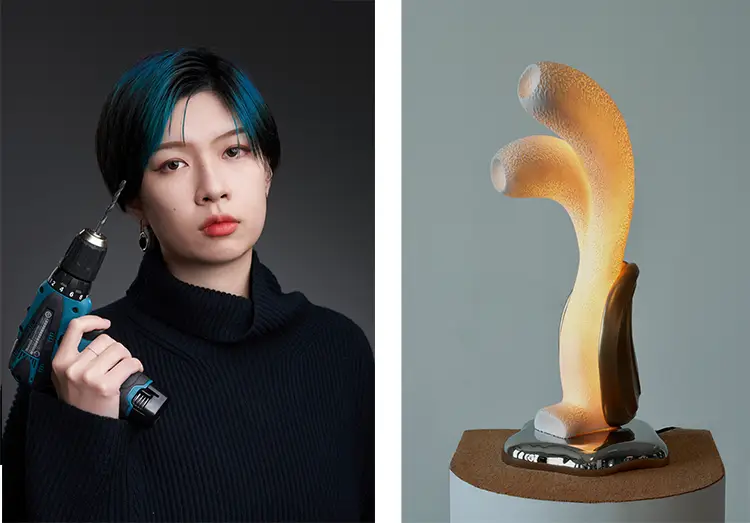
Joy Yue Zhuo: Where Chairs Grow Legs and Come Alive
At the heart of Joy Yue Zhuo’s practice lies a commitment to seeing objects not just as functional entities but as characters with personalities, histories, and sometimes even a touch of mischief. This philosophy is powerfully encapsulated in her SEAt Urchin Rocking Chair, a pivotal work that challenged traditional furniture norms with playful defiance. Crafted with sixty-eight legs, the piece boldly rejects the rigid expectation that a chair must rest on four. Instead, it crawls into the imagination like a creature from the sea, half sculpture, half seating, all whimsy. This was a moment of transformation for Zhuo—a creative leap that solidified her trust in instinct and intuition.
Zhuo often explores the tension between structure and softness, humor and utility. Her pieces ask viewers and users to reconsider their relationship with everyday forms: What happens when a lamp becomes a floating jellyfish? What if a chair feels like it’s about to scuttle away? In these provocations, she opens up a dialogue between object and observer, challenging ideas of permanence, purpose, and seriousness in design. Her aesthetic carries a touch of surrealism but remains accessible, infused with joy and rooted in a deep curiosity about the world around her.
This experimental spirit extends to her material choices as well. Though wood remains a primary medium—prized for its honesty and versatility—Zhuo refuses to be constrained by it. She has ventured into textiles and light-based installations, always led by the demands of the concept rather than allegiance to a specific craft. Her openness to exploring new mediums reinforces the idea that design should never be stagnant; it should move, evolve, and sometimes even dance. Whether she’s building with timber or dreaming of bioluminescent jellyfish lights, Zhuo brings the same energy to each project: playful, bold, and unwilling to settle for the expected.
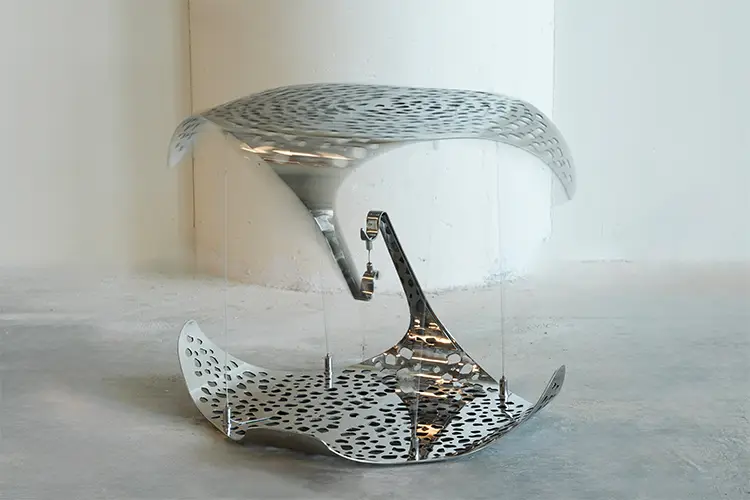
Humor, Nature, and the Everyday Oddity
The thematic core of Zhuo’s work revolves around a profound interest in nature, not just as visual inspiration but as a living force that informs her sense of structure, logic, and oddity. Creatures, ecosystems, and natural phenomena often appear as stylized motifs or subtle references in her designs. Yet what stands out most is how she merges this organic curiosity with humor. Her work asks not only, “How does this function?” but also, “What if it winks at you while doing it?” There’s a sense of play that disarms the viewer, inviting them to engage more freely with the work, even as it nudges at deeper questions about interaction and perception.
Zhuo’s connection to both the natural and digital worlds gives her work an idiosyncratic edge. Growing up online while also immersed in nature has given her a dual lens—one that is as comfortable referencing biological structures as it is subverting them with a meme-like irreverence. This synthesis makes her pieces feel at once grounded and bizarre, familiar and strange. She delights in the uncanny, not as a tool for discomfort, but as a method for rediscovering delight in the mundane. Even a simple form like a chair becomes an occasion for transformation, humor, and reflection.
In the studio, she embraces a workflow that balances structure with spontaneity. Light, space, and sound are non-negotiables for her creative process. She treats distractions as potential opportunities, whether it’s mid-project cleaning or a sudden shift in material focus. By welcoming these moments instead of resisting them, she maintains a flexible and dynamic relationship with her practice. The result is work that feels alive, not only in its creature-like forms but in its process of becoming—constantly shaped by the unexpected and the spontaneous.
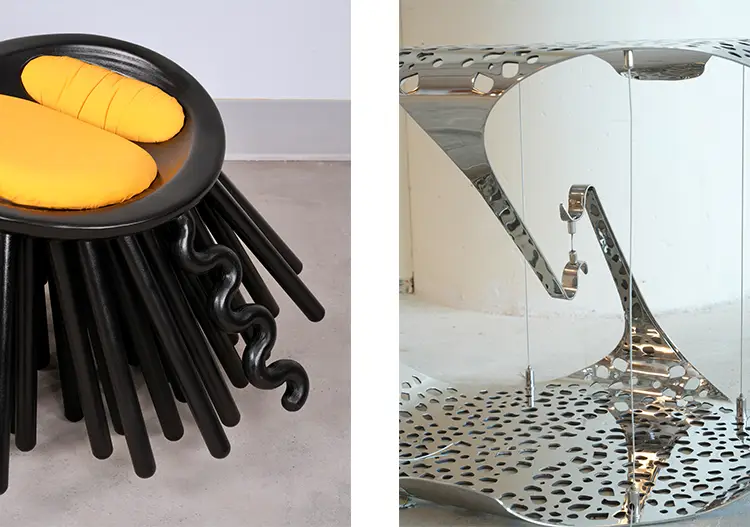
Joy Yue Zhuo: Studio Yuetopia and the Art of Possibility
Studio Yuetopia is more than a workspace—it’s a conceptual habitat where imagination is given license to roam. Under Zhuo’s direction, the studio is a site for experimentation and joy, a physical and mental space where traditional boundaries are redrawn daily. Here, she constructs pieces that are both functional and narrative, always guided by the central question: What else could this be? Her studio ethos leans into open-ended possibility, where the object is never just an object, but a potential story, a creature, or a curious question given form.
A project currently simmering in the back of her mind encapsulates this ethos perfectly: a massive, jellyfish-inspired lamp that appears to float in midair. This unrealized concept merges sculpture and light in a way that blurs the line between the practical and the fantastical. It’s not just a lighting fixture—it’s an experience, designed to evoke wonder and alter the atmosphere of a space. Though the idea remains in the conceptual phase, waiting for the right materials and technical solutions, it reflects Zhuo’s ambition to create work that goes beyond utility into the territory of awe.
Influenced by pioneers like Gaetano Pesce and Hella Jongerius—artists who injected personality and humor into design—Zhuo shares a belief that objects can hold character, charm, and even a sense of rebellion. She channels this sensibility into her own projects, crafting work that challenges assumptions while remaining approachable. Her studio is a lab for this philosophy, where chairs can walk, lamps can hover, and materials speak with their own voices. With each piece she creates, Zhuo expands the limits of what design can look like—and more importantly, what it can feel like.
